Jaundice is not a disease but a symptom that may occur in various conditions. It is a yellow discoloration of the skin and the whites of the eyes caused by the deposition of excess bilirubin in the tissues due to its increased concentration in the blood. Bilirubin is a yellow pigment that is a product of the degradation of hemoglobin contained in used (old) red blood cells and some proteins (e.g., myoglobin found in muscles). The blood's typical bilirubin concentration does not exceed 1 mg/dl or 17 µmol/dl.
Jaundice appears when the bilirubin concentration exceeds (3 mg/dl![]() ), and below this value, only the proteins and mucous membranes acquire a yellowish tint (sub-jaundice). It may be challenging to notice jaundice in dim electric light.
), and below this value, only the proteins and mucous membranes acquire a yellowish tint (sub-jaundice). It may be challenging to notice jaundice in dim electric light.
Jaundice![]() can have various color ranges, from light yellow to orange, sometimes with a grey-green tint.
can have various color ranges, from light yellow to orange, sometimes with a grey-green tint.
Bilirubin occurs in blood serum in two forms (fractions) – conjugated![]() or unconjugated
or unconjugated![]() (indirect). In healthy people, unconjugated (indirect) bilirubin constitutes over 80% of the total bilirubin value. It is insoluble in water. It is carried in the blood combined with the protein albumin. In this form, it reaches the liver, where its second form is produced, bound bilirubin, i.e., conjugated with sugar residues, the so-called glucuronides. Thanks to this connection, the bound state is soluble in water. Conjugated bilirubin is excreted into the bile and, after chemical changes in the intestines, leaves the body with feces.
(indirect). In healthy people, unconjugated (indirect) bilirubin constitutes over 80% of the total bilirubin value. It is insoluble in water. It is carried in the blood combined with the protein albumin. In this form, it reaches the liver, where its second form is produced, bound bilirubin, i.e., conjugated with sugar residues, the so-called glucuronides. Thanks to this connection, the bound state is soluble in water. Conjugated bilirubin is excreted into the bile and, after chemical changes in the intestines, leaves the body with feces.
Sometimes, people who consume a lot of carrot juice![]() , rich in the pigment carotene, notice a change in skin color to yellow-orange. It is due to the deposition of carotene in the skin. Unlike jaundice, there is no yellowing of the whites.
, rich in the pigment carotene, notice a change in skin color to yellow-orange. It is due to the deposition of carotene in the skin. Unlike jaundice, there is no yellowing of the whites.

Jaundice is a symptom of many different diseases. Increased bilirubin concentration in the blood, leading to yellowing of the skin and proteins, may result from its excessive production, inhibition of its metabolism, or difficult excretion.
Its cause![]() may be accelerated breakdown of normal red blood cells (hemolysis, extensive hematomas, muscle damage).
may be accelerated breakdown of normal red blood cells (hemolysis, extensive hematomas, muscle damage).
It can appear because of inhibition of metabolism, e.g., viral in hepatitis, alcohol-related, drug-induced, and congenital lower activity of metabolizing enzymes (Gilbert's syndrome).
Sometimes, its cause is the mechanical obstruction of the outflow of bile (stones in the bile ducts, tumors of the bile ducts, and pancreatic tumors), cholestasis, i.e., inhibition of the flow of bile from liver cells or small bile ducts (in the course of hepatitis, after medications).
Jaundice may also be a symptom of advanced liver damage![]() , i.e., cirrhosis.
, i.e., cirrhosis.
Mechanical jaundice![]() is associated with obstructed outflow of bile from the liver. It may be caused by, for example, choledocholithiasis (deposits in the bile ducts) or tumors that press on the bile ducts.
is associated with obstructed outflow of bile from the liver. It may be caused by, for example, choledocholithiasis (deposits in the bile ducts) or tumors that press on the bile ducts.
Symptoms of mechanical jaundice may include discolored stools and dark urine. There may also be persistent itching of the skin, which intensifies at night after warming the body in bed. Therefore, these people's skin may show characteristic signs of scratching on the limbs and torso (so-called excoriations).
Laboratory blood tests show an increased concentration of total bilirubin, and in the analysis of the bilirubin fraction (form), conjugated bilirubin predominates.
In most healthy newborns, the yellow pigment (bilirubin) concentration in the blood increases from 2 to 3 weeks of age. In intrauterine life, the baby needs much more red blood cells than after birth, and the type of hemoglobin they contain is also different. So after birth, many red blood cells break down and a type of hemoglobin is replaced. In a relatively short time, so much yellow pigment is produced that the child's immature liver cannot efficiently capture and excrete it. It is the primary cause of physiological jaundice in newborns.
Physiological jaundice![]() in term newborns:
in term newborns:
In premature babies![]() , it starts a little later and lasts longer (up to the 14th day of life).
, it starts a little later and lasts longer (up to the 14th day of life).
Sometimes the cause of jaundice in a newborn is non-physiological factors. Additional tests are necessary if:
This jaundice may be caused by one or more of the following factors:
The doctor decides to perform tests. Therefore, when jaundice appears, the child should be examined at least once, although at least one follow-up examination is usually also necessary.
Contact your doctor if, after being discharged from the hospital, you notice in your child:
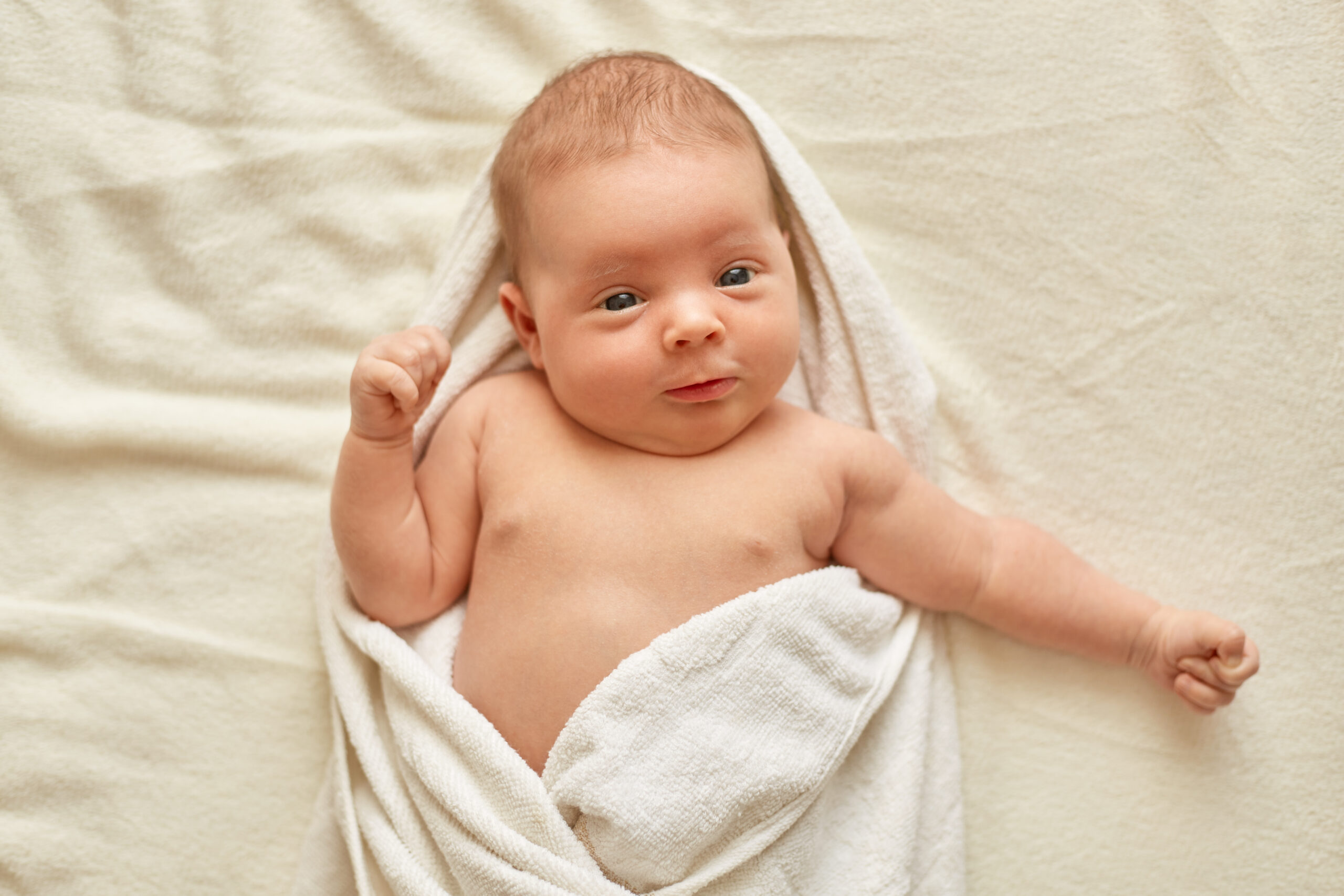
In the first few days after birth, breastfeed your baby 8-12 times a day.
One of the causes of severe jaundice in newborns is insufficient calories consumed by the baby and dehydration, so more frequent breastfeeding reduces the risk of this problem.
If you are breastfeeding![]() , do not give your baby water or glucose drinks. It does not prevent jaundice or reduce the concentration of yellow pigment (bilirubin) in the blood, but it reduces the amount of valuable milk (and calories) your baby eats.
, do not give your baby water or glucose drinks. It does not prevent jaundice or reduce the concentration of yellow pigment (bilirubin) in the blood, but it reduces the amount of valuable milk (and calories) your baby eats.
When discharged from the neonatal unit, ask the doctor how your baby's jaundice progressed and what you should do at home (ask whether a medical examination and assessment of bilirubin levels are necessary).
If your child's jaundice was very severe and therefore underwent a series of exposure to a special lamp or has risk factors for severe or prolonged jaundice, a check-up of bilirubin in the blood and a medical examination will be necessary to check whether the symptom disappears.
When jaundice does not meet the criteria for physiological jaundice, other laboratory tests will also be necessary.
Jaundice in a newborn usually does not cause negative consequences, but in rare cases – when treatment was started with a delay and the concentration of bilirubin in the blood significantly increased – brain damage may occur.
Physiological jaundice of newborns does not require any treatment![]() .
.
Jaundice caused by breast milk also does not require treatment because it goes away on its own and the baby should be breastfed normally. In exceptional situations, when your bilirubin level is high or you are anxious, your doctor may decide to stop breastfeeding for 1-2 days. During this time the bilirubin level should decrease significantly, confirming the diagnosis.
If the concentration of bilirubin in a newborn is very high or increases too quickly, continuous (24-hour) irradiation of as much of the child's skin as possible with ultraviolet (UV) rays emitted by a lamp (so-called phototherapy![]() ) is used.
) is used.
Very rarely, when phototherapy does not help, an exchange blood transfusion (replacing part of the baby's blood) is necessary.
Yes. There is no doubt that jaundice is a significant symptom, although it may have trivial causes. However, in any case of jaundice, you should see a doctor.
As in any medical examination, the interview and physical examination are important. The doctor will ask about the circumstances of jaundice, other symptoms, and medications taken. Your doctor will then want to confirm whether the yellow discoloration of your skin and eyes is jaundice. This is achieved by a blood test![]() determining the concentration of total bilirubin and its fractions, bound and unbound.
determining the concentration of total bilirubin and its fractions, bound and unbound.
Other blood tests are also performed, such as liver enzymes![]() and markers of viral hepatitis
and markers of viral hepatitis![]() (e.g. hepatitis A, B, or C). They allow you to confirm or exclude a viral infection or cause inflammation. If the concentration of unconjugated bilirubin predominates, it raises the suspicion of increased production of bilirubin, so blood tests are performed to check whether the cause is not increased breakdown of red blood cells (hemolysis).
(e.g. hepatitis A, B, or C). They allow you to confirm or exclude a viral infection or cause inflammation. If the concentration of unconjugated bilirubin predominates, it raises the suspicion of increased production of bilirubin, so blood tests are performed to check whether the cause is not increased breakdown of red blood cells (hemolysis).
Another examination is an abdominal ultrasound![]() . It may show the dilatation of the bile ducts and sometimes confirms the presence of stones (deposits), i.e., the mechanical cause of jaundice. It may also suggest diffuse liver damage (so-called steatosis or cirrhosis). Less often, other imaging tests, such as computed tomography or magnetic resonance imaging, are needed. In selected cases, the doctor may refer the patient to a liver biopsy and other specialized tests.
. It may show the dilatation of the bile ducts and sometimes confirms the presence of stones (deposits), i.e., the mechanical cause of jaundice. It may also suggest diffuse liver damage (so-called steatosis or cirrhosis). Less often, other imaging tests, such as computed tomography or magnetic resonance imaging, are needed. In selected cases, the doctor may refer the patient to a liver biopsy and other specialized tests.
The course of treatment for jaundice![]() depends primarily on the cause of its occurrence.
depends primarily on the cause of its occurrence.
The causes of this condition are mainly diseases and various pathological conditions of the liver and bile ducts. Belong to them:
Jaundice can be caused by external factors such as alcoholic hepatitis or drug-induced liver damage, as well as circulatory system disorders, including physiological jaundice in newborns.
The procedure will be different in the case of liver cirrhosis due to toxic damage, bile duct cancer, or infection with hepatotropic viruses. When it comes to infections, permanent recovery is possible in the vast majority of cases. It is related to the recent creation and implementation of specialized antiviral drugs into everyday procedures that permanently inhibit virus replication, which is therefore considered a cure.
Therapeutic success, however, depends on the damage caused by the viral infection in the period before treatment because some changes are permanent and irreversible. When toxic factors (such as drugs or alcohol) are responsible for liver damage, it is crucial to discontinue the substance that causes abnormal changes in the body. However, as in the case of viral hepatitis and also in the case of toxic damage, some changes are irreversible and may require a liver transplant.
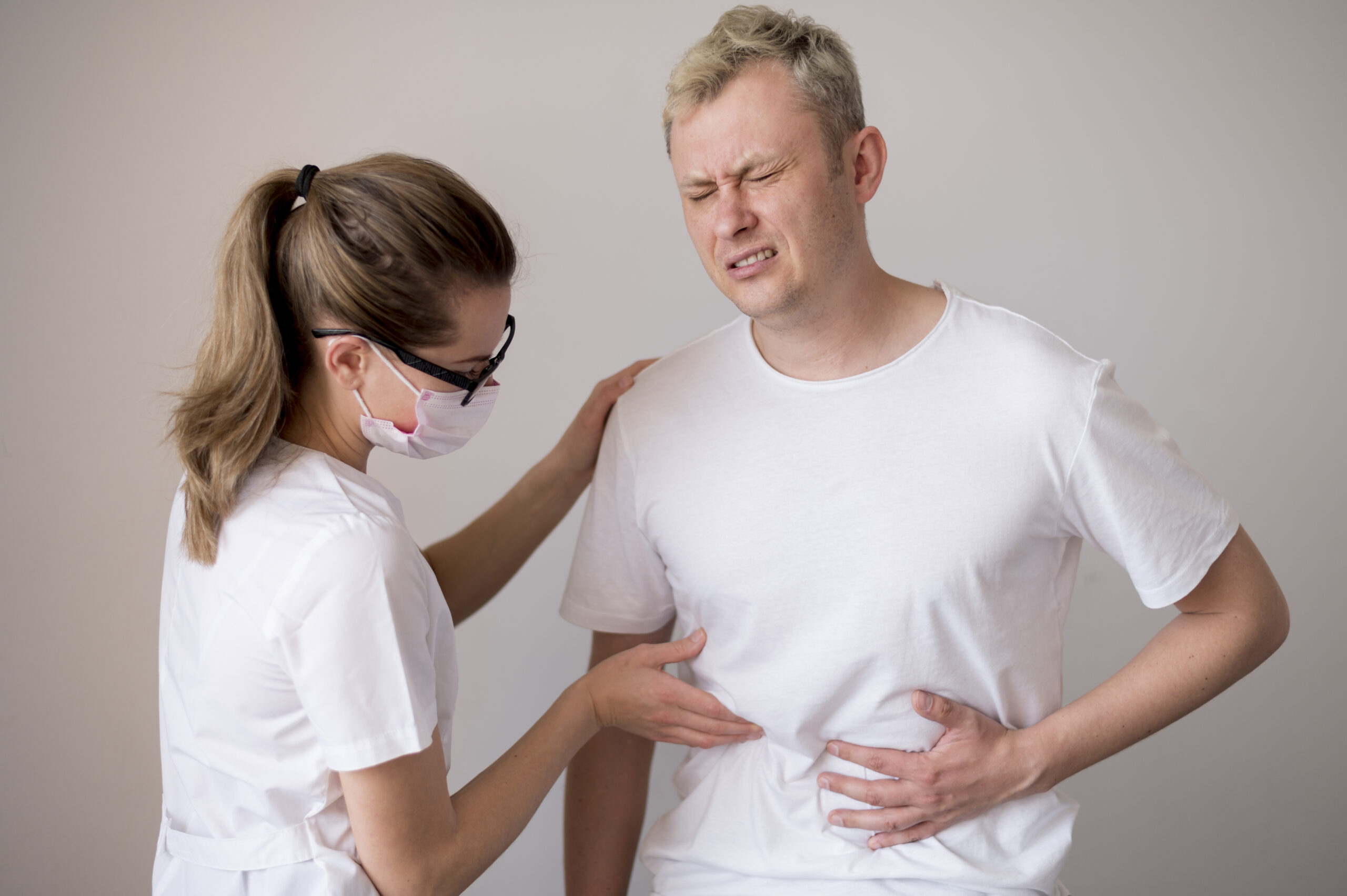
Cancer associated with jaundice is a broad topic and goes significantly beyond the scope of this article. However, each patient is treated individually, and the most effective treatment for cancer of both the pancreas, bile ducts, and the liver itself is surgery, which unfortunately cannot always be implemented due to the patient's general condition or the advancement of the cancer process.
Jaundice may be contagious, but only when the cause is a viral infection, e.g., hepatitis.
It is not the jaundice itself but the cause that led to it that determines the need for dietary restrictions. For jaundice caused by hemolysis (breakdown of red blood cells), there is usually no need for dietary restrictions.
In the case of viral hepatitis, the specialists recommend an easily digestible, low-fat diet.
Jaundice due to blockage of bile outflow from conditions like cholelithiasis or pancreatic diseases may require a strict diet with complete abstinence from solid food. Consult a doctor for proper dietary recommendations.
Jaundice is a symptom, not a disease. It's not contagious, but if caused by a virus, it can be infectious. The underlying condition can often be prevented![]() .
.
In the case of hepatitis A or B, the best way to avoid the disease is vaccination. Currently, vaccines are available for single viruses and combined vaccines for both types at the same time. However, there is no vaccine for hepatitis C. Like hepatitis B, it is transmitted mainly through contact with blood, e.g., during dental, cosmetic procedures, or in tattoo parlors, if appropriate hygiene rules are not followed.
Jaundice caused by other factors can only be prevented by maintaining a properly balanced diet and taking preparations that support liver function.
Gilbert syndrome![]() is a benign genetic disease. It is a periodic, usually slight increase in the bilirubin concentration in the blood (so-called hyperbilirubinemia). Increased bilirubin levels usually do not cause any symptoms. Sometimes it may cause a temporary yellow discoloration of the skin and whites of the eyes, i.e., jaundice.
is a benign genetic disease. It is a periodic, usually slight increase in the bilirubin concentration in the blood (so-called hyperbilirubinemia). Increased bilirubin levels usually do not cause any symptoms. Sometimes it may cause a temporary yellow discoloration of the skin and whites of the eyes, i.e., jaundice.
Most often, people with Gilbert syndrome do not experience any symptoms, but they may notice periodic, mild, transient skin discoloration due to certain factors/situations that increase bilirubin production.
An increased level of free bilirubin is an indication for diagnosis of Gilbert syndrome. Due to the fact that hyperbilirubinemia may also be a symptom of other dangerous diseases, it is necessary to exclude them. A medical interview with the patient is also very important (thanks to it, the specialist can find out, for example, whether we have had jaundice, whether similar symptoms have occurred in someone in our family, what medications we have recently taken, whether we have had contact with someone suffering from viral hepatitis).
Gilbert syndrome can be easily diagnosed using a genetic test, which involves analyzing the patient's DNA for the presence of mutations in the UGT1A1 gene![]() .
.
Gilbert syndrome is a condition that usually does not require any treatment. Nevertheless, it is very important to be aware of your disease – sick people can lead normal lives, but they should avoid situations that result in an increase in bilirubin concentration in the blood.
People with Gilbert syndrome must remember that factors such as fasting or a high-fat diet, living under stress, lack of sufficient sleep, dehydration or excessive physical activity will result in the symptoms of the disease becoming more severe.
It is also very important to be careful when taking certain medications that result in a burden on the liver and an increase in bilirubin levels.
Table of Contents
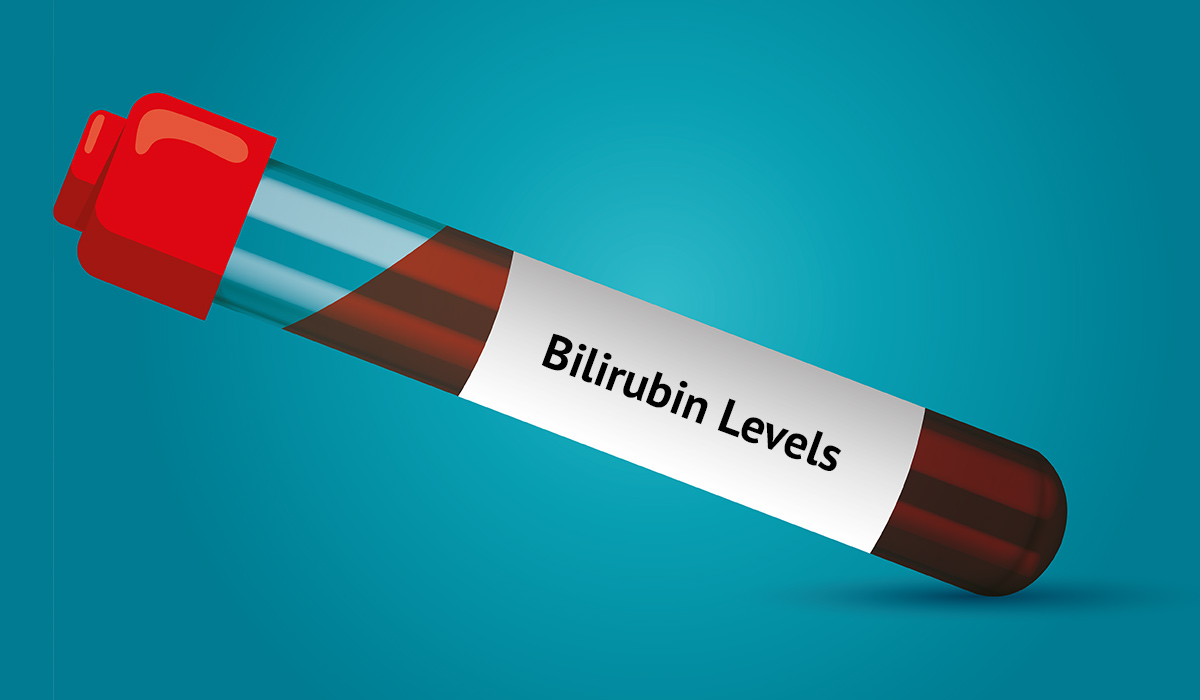
Do you know for what purpose bilirubin levels are tested? In our article you will find all the necessary information… read more »
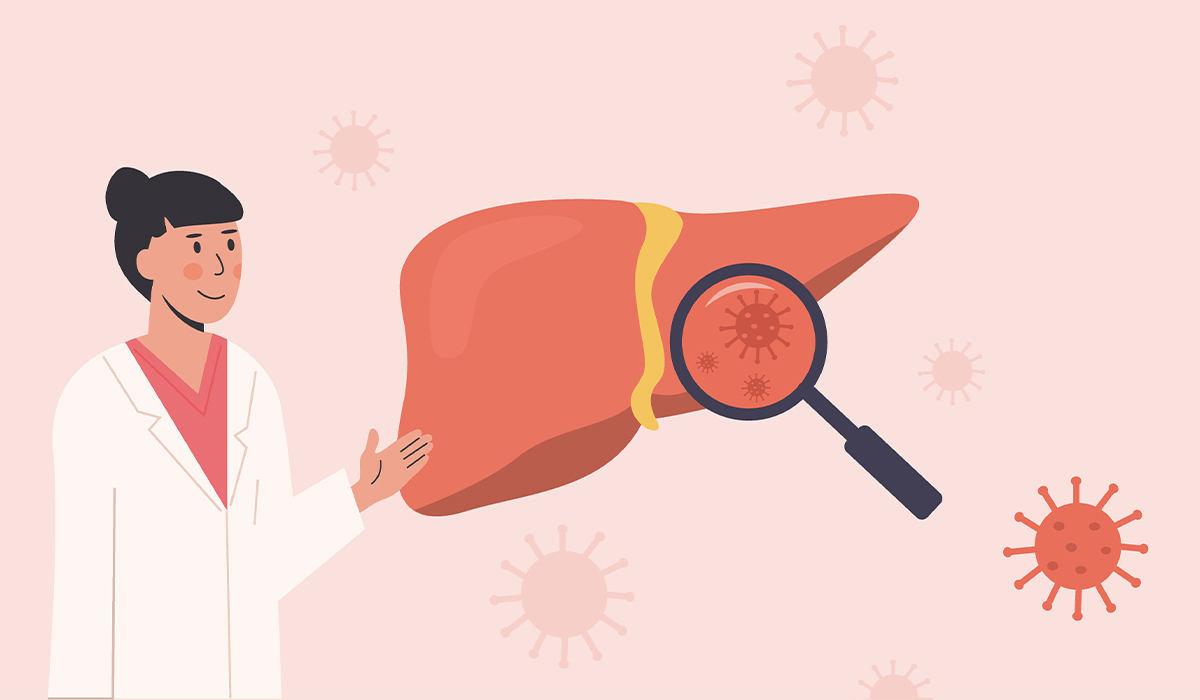
HAV is mainly transmitted by the fecal-oral route. Hepatitis A usually has a mild course, but can be life-threatening for… read more »
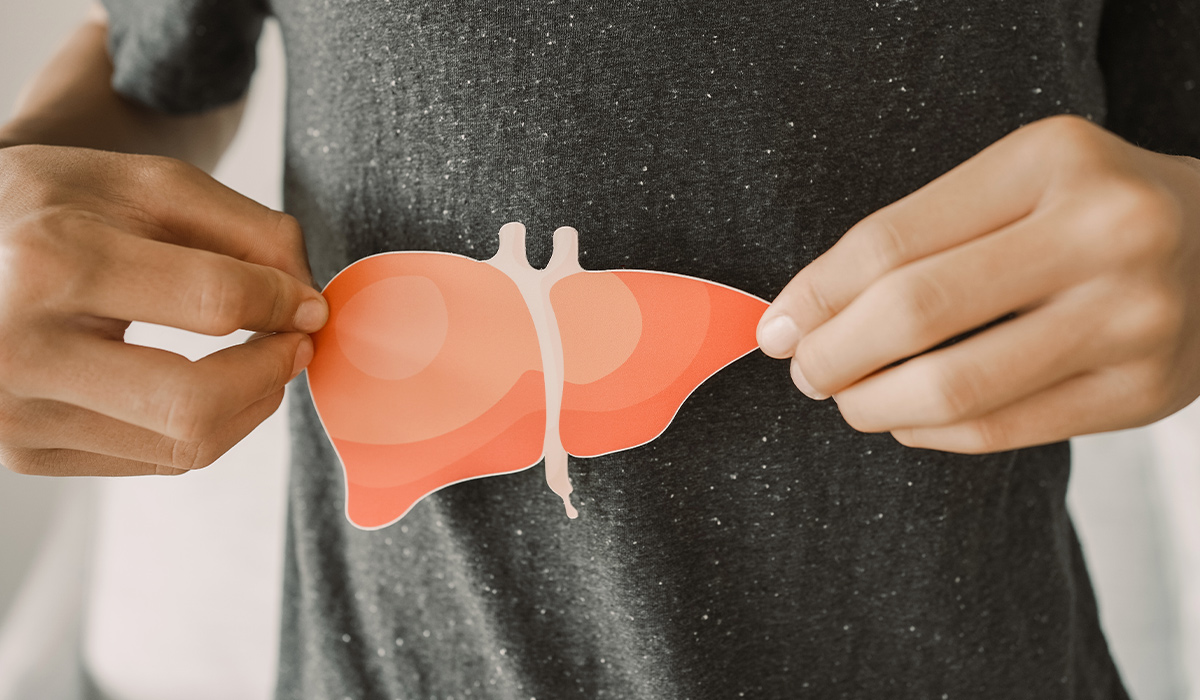
Hepatitis C is an infectious disease caused by the hepatitis C Virus. Left untreated, it can lead to severe consequences.… read more »
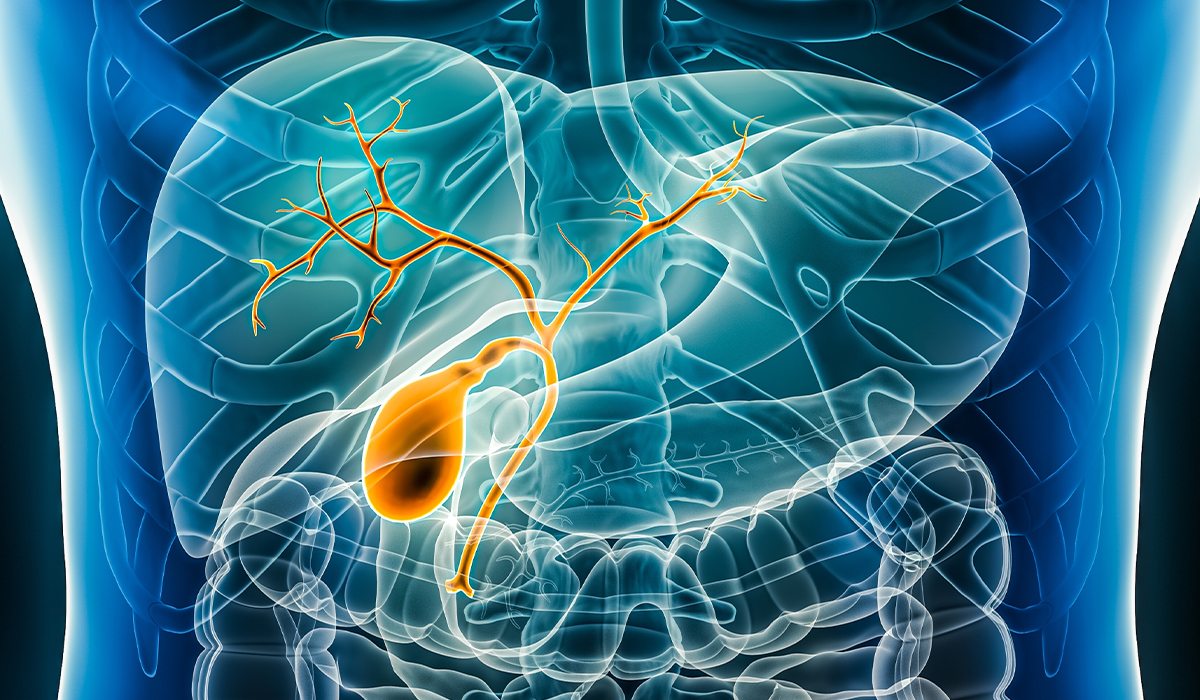
Bile is a green-yellow liquid that the liver prepares and stores in the gallbladder. It's key for breaking down and… read more »
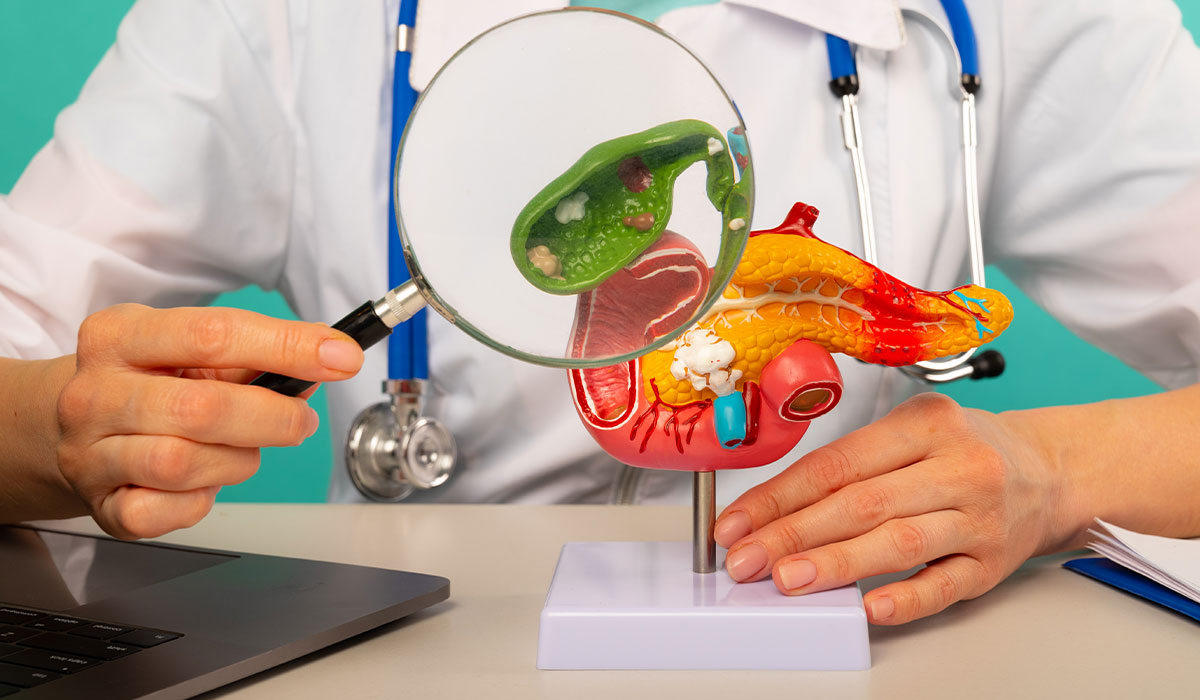
The gallbladder performs very important functions in the human body. Problems with its functioning can lead to diseases. Learn about… read more »
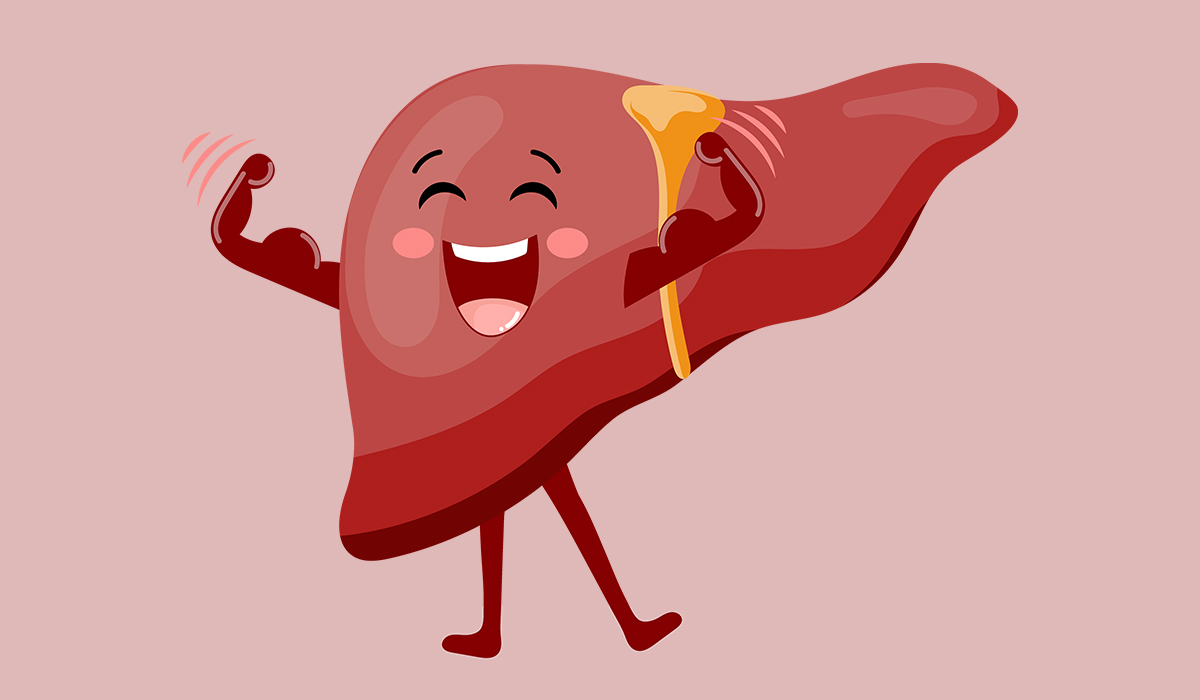
The liver is part of the digestive system. It performs over 500 functions in the body. It is impossible to… read more »

Cirrhosis of The Liver is a condition where the liver is damaged and liver function is impaired. The most common… read more »
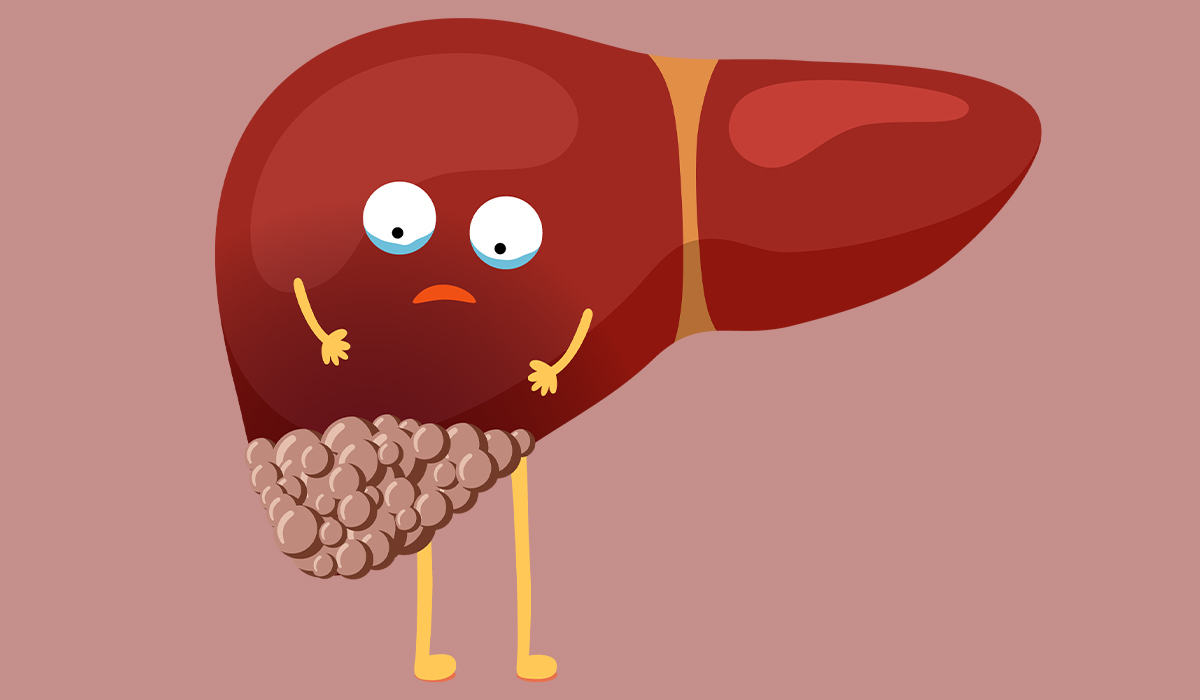
Liver damage happens when the liver, which is an exceptionally critical organ in our body, cannot work accurately for different… read more »
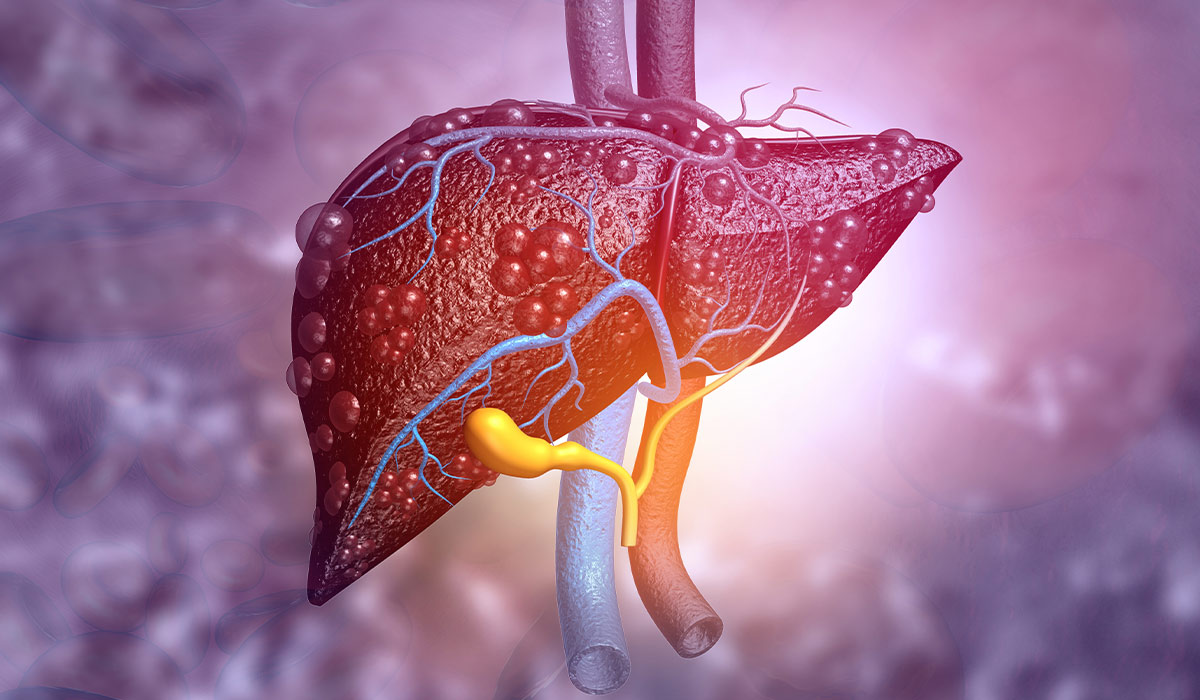
Fatty liver is a condition in which fat builds up inside the liver. It usually doesn't cause symptoms and is… read more »